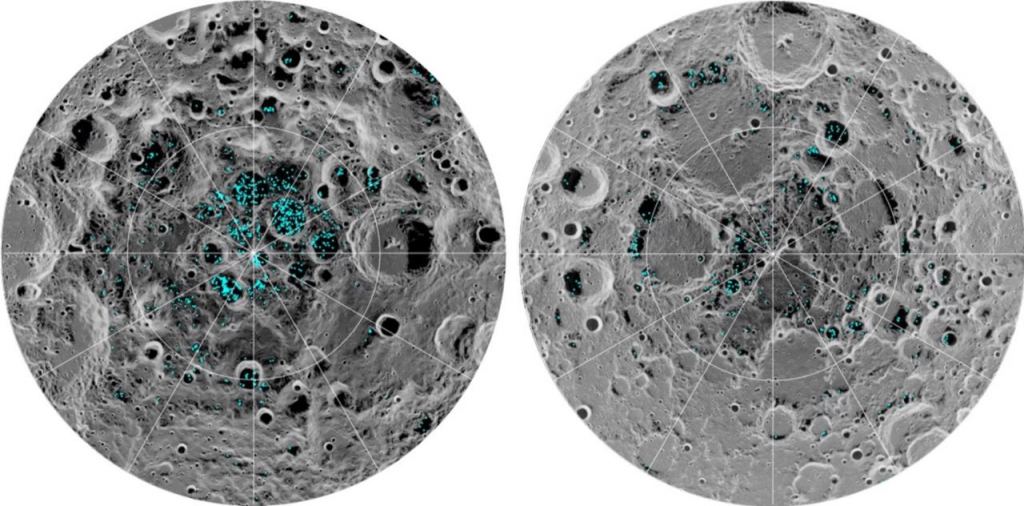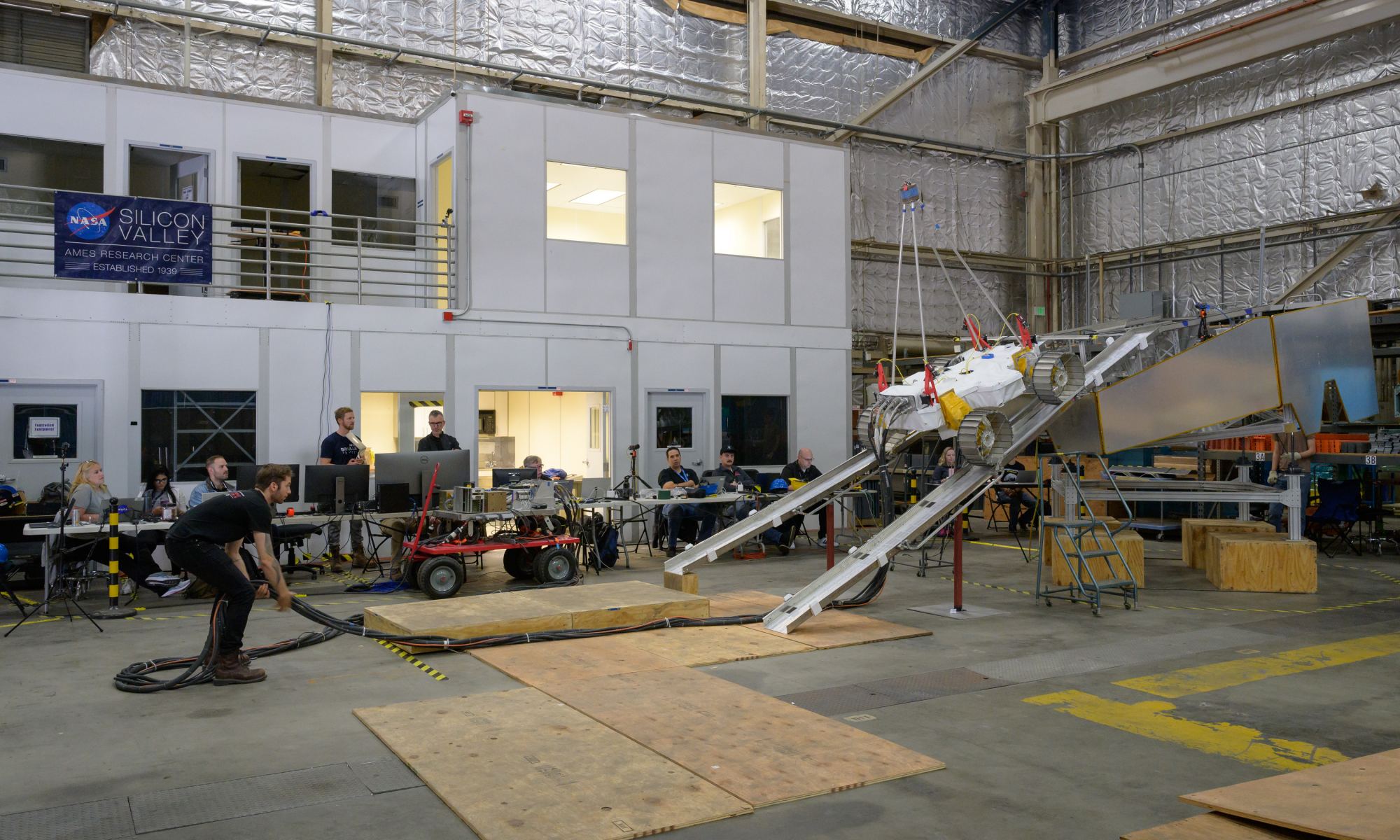NASA is building its first-ever robotic lunar rover. Named VIPER (Volatiles Investigating Polar Exploration Rover), the rover is set for launch in late 2024. But the terrain it will find when it reaches the Moon is impossible to predict. A series of tests carried out this spring are helping engineers understand the rover’s limits, and will ensure that VIPER can disembark from its lander even on extremely uneven terrain.
“Through this series, we’ve tested all of the ‘bounding’ cases for VIPER’s egress on the Moon. This included the worst-case high-pitch scenario using the steepest – and scariest – ramps, the worst-case roll scenario using the most uneven ramps, and the worst-case scenario with pitch and roll combined,” said Jasper Wolfe, VIPER egress test lead at NASA’s Ames Research Center in California, in a press release.
The latest tests were performed using a prototype called ‘Moon Gravitation Representative Unit 3’ or MGRU3, which simulates the rover’s expected behavior in the Moon’s gravity, which is one-sixth that of the Earth.
The Astrobotic Griffin lunar lander that will carry VIPER to the Moon uses a ramp system that is adaptable to the terrain. However, this adaptability means that one side of the ramp might end up inclined more steeply than the other. Ensuring that VIPER can compensate for any irregularities is the goal of the testing regime.
VIPER’s planned landing site is Mons Mouton, a (relatively) flat-topped mountain near to the Moon’s south pole, named after Apollo-era computer programmer Melba Mouton.
Mons Mouton boasts high elevation and sunshine – vital for a solar-powered rover – but also shows signs of water ice beneath the surface, which VIPER will attempt to confirm and map.

As a precursor to human landings at the Moon’s south pole under the auspices of the Artemis program later this decade, VIPER will act as a pathfinder, seeking resources and a better understanding of how water is stored inside deep shadowed craters and within the lunar regolith. VIPER will be the first rover to feature headlights, enabling it to peer into these dark craters. It is also equipped with a drill that can dig up to 1 meter beneath the surface.
The rover and its lander will be delivered to the Moon by a Falcon Heavy rocket as part of NASA’s Commercial Lunar Payload Services (CLPS) next year. The mission should last about 100 days, including surviving several long lunar nights.
NASA has built lunar rovers before, which traversed more than 90 kilometers carrying Apollo astronauts, but an uncrewed, remotely operated lunar rover will be a first for NASA.
The engineering requirements for a lunar rover are very different than those for a Mars rover like Perseverance. With no atmosphere, the extreme temperatures experienced on the Moon can vary by over 260 degrees Celsius, and night can last up to a week. But it has advantages too: being closer to Earth, VIPER can be driven in real-time rather than on a delay like the Mars rovers.
Testing continues, but VIPER is on track for its 2024 launch date, timed to coincide with ‘Spring’ season at the lunar pole, allowing for more daylight and more time for exploration.
Learn more:
“NASA’s Moon Rover Prototype Conquers Steep, Scary Lander Exit Test.” NASA.

